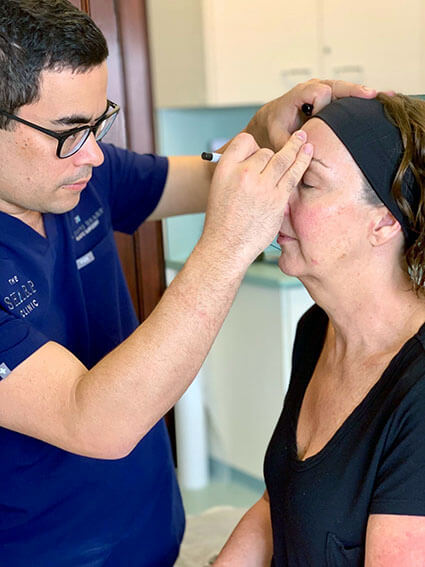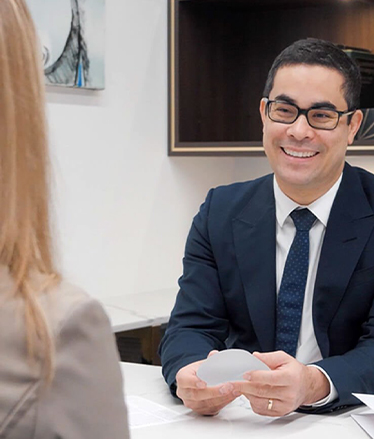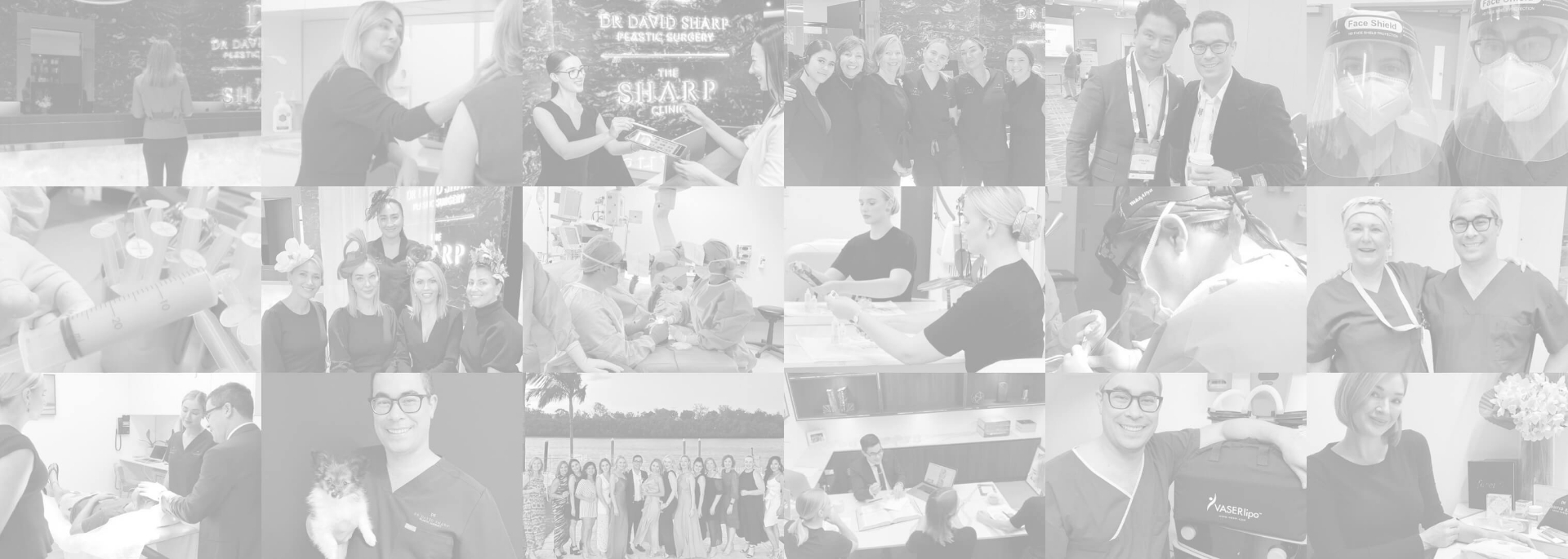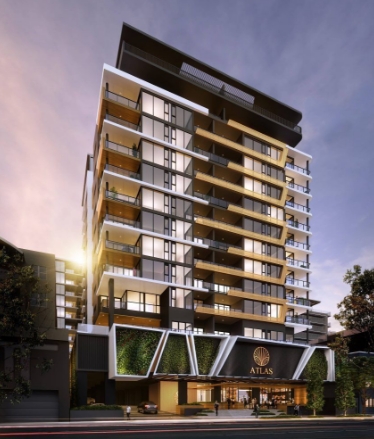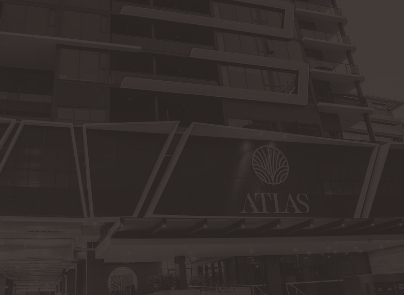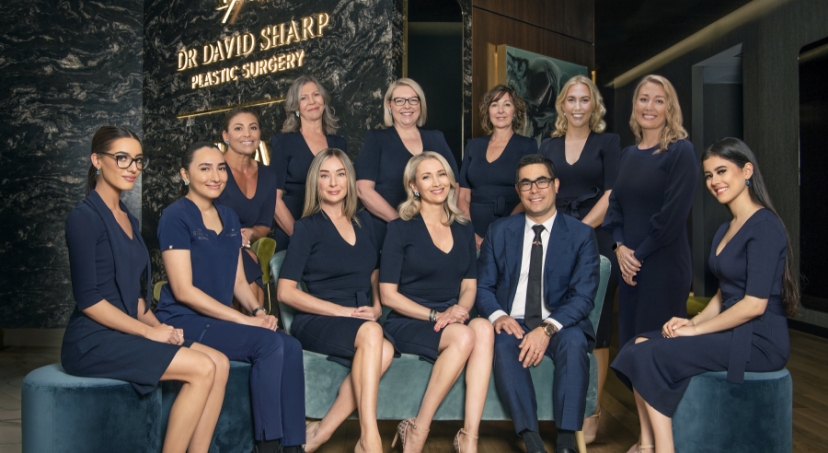Patients considering facelift procedure often ask us whether they need to dissolve their filler prior to procedure. There is no one-size fits all answer to this question, as it will depend upon how much filler has been placed, and where the filler is located.
Provided the area has not been over-filled, usually areas such as the lips, temples and mid cheek may not require dissolving.
However, often, high volumes of filler have recently been placed, and this can obstruct the patient’s own anatomy. But the filler could also be unexpectedly old.
Research also shows that filler may be present in tissue for much longer than expected. In our experience, this is more common in the tear trough (under eye), temporal and jaw areas. While MRI investigations have identified filler migration and longevity varies between products and injecting location.
Dr Sharp occasionally finds deposits of dermal filler extruding from sections of the face while performing facelift procedure, in areas where patients have reported having fillers placed 3-4 years prior. This does not result in an adverse outcome for the patient, but highlights that we may not know how long after filler treatment our facial appearance continues to be altered.
Should I have my filler dissolved before my facelift consult?
Dr Sharp does not recommend dissolving filler before your initial facelift consultation with him.
During the initial consultation, Dr Sharp conducts a thorough examination of the face and is able to see, and palpate, filler – distinguishing it from the patient’s natural tissue. If he determines that facelift procedure is suitable, and the dermal filler is obscuring the patient’s natural facial anatomy, proportions, contours and skin laxity, he will ask them to dissolve the filler before their next preoperative consultation with him. This can be performed by our plastic procedure nurses or any doctor-led cosmetic injectables clinic near you.
At the second preoperative consultation, clinical photos will be taken to record your facial anatomy ‘baseline’ and Dr Sharp will perform a second, accurate, assessment of your face for surgical planning purposes.
How long before my facelift procedure should I have my filler dissolved?
If Dr Sharp has indicated that you need to have filler dissolved, he recommends leaving as much time as possible between dissolving and having procedure. This is because the TGA regulated drug that is used to dissolve filler can also diminish the levels of naturally-occurring hyaluronic acid in the dermis. If you are otherwise healthy and do not have underlying health conditions, this is usually temporary and the skin restores its hyaluronic acid levels in the months after dissolving. We recommend getting your skin into its best possible shape before heading into facelift procedure, as this will aid the healing process, which means having your filler dissolved as soon as possible once you have made the decision to proceed with procedure.
My surgeon has told me that I need to dissolve my filler, but what could happen if I don’t do it before my facelift procedure?
Your face is filled with a network of drainage points, known as lymphatic nodes. They help blood flow and eliminate swelling in the face. However, large amounts of fillers, when placed adjacent to the nodes, can cause lymphatic congestion, or poor drainage of the fluid in the face. Lymphatic function is an important part of healing after procedure and so patients with filler in their tissue may feel that swelling takes longer to dissipate after procedure, which can result in slower healing.
It is also important to note that the fillers commonly used in Australia are hydrophilic, meaning they absorb fluid and expand after placement – so the significant facial swelling experienced after facelift procedure can cause remaining filler to be puffier and more prominent than usual.
Patient safety and risk reduction is paramount in plastic and cosmetic procedure. Having any prosthesis or foreign body in our tissue can also increase the risk of postoperative infection, even if it was placed prior to the procedure itself.
Everyone’s face has some degree of asymmetry, and while facelift procedure does not create perfectly symmetrical faces, fillers can dissolve at different rates, creating uneven distribution of volume in the face. Hence when a facelift is performed with a significant volume of filler still present, it may result in facial asymmetry.
And finally, if the procedure displaces or reposition tissues that contain filler, the filler may look more prominent or out of place. If this occurs, we wait until facial swelling has dissipated (this can take a few weeks for some patients, or a many months for others) and then determine whether or not some of the filler may need to be dissolved to reduce its prominence, in its new position.
If you don’t dissolve your filler when recommended, some of these thing may happen – or none of them may happen! Such is the unpredictability of each individual’s surgical recovery, which is also dependent upon their overall health, nutrition, adherence to post operative instructions and state of mind, among other factors. Ultimately having procedure involves receiving advice and determining whether or not you will adhere to it in order to reduce risks and achieve a satisfactory result.
Should I avoid having filler right now, if I might consider a facelift one day?
If you are considering a facelift in the near future, we do not recommend having filler prior. Book a facelift consultation with an experienced specialist plastic surgeon and discuss your concerns and surgical objectives. They will develop a holistic plan for your face, which may include procedure, non surgical therapies or a combination of both. A good plastic surgeon will also tell you when it is too early to have a facelift, or when the risks may outweigh the benefits in your specific case.
If you are considering a facelift down the track (as in, years into the future) we do not insist that patients hold off on having dermal filler treatments now. The vast majority of people who have filler will never have a facelift – primarily due to the risks, very high cost and significant recovery. Abstaining from fillers now ‘just in case’ you have a facelift down the track is not necessary.
Read more in Dr Sharp’s comprehensive article about fillers and facelift procedure here.

